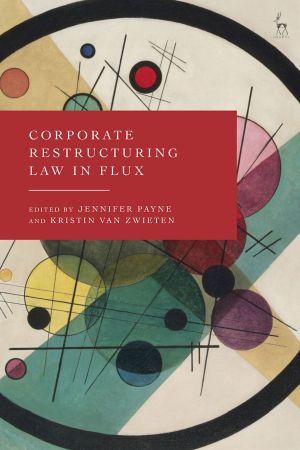
This book is the first to analyse recent developments in English corporate restructuring law, exploring questions around the design of domestic restructuring laws and their application in cross-border cases from a range of comparative and theoretical perspectives.
Some chapters focus on an important granular question in the design of domestic restructuring rules, using insights from experiences in other jurisdictions and from theoretical literature to evaluate the new English position. Other chapters consider the changes to English law at a more 'macro' level, drawing on comparative and theoretical insights. A final set of chapters consider thorny questions raised more generally by restructuring law reform efforts over the past decade, both in England and abroad.
By drawing on experiences in other jurisdictions, and insights from theory, the book casts new light on developments in English law, and in this way informs both avenues for future research and future policymaking. These implications are brought out in an introductory chapter that contextualises the analysis that follows, introducing the landmark English reforms, anticipates its key themes, and articulates the implications for policymakers and future research.